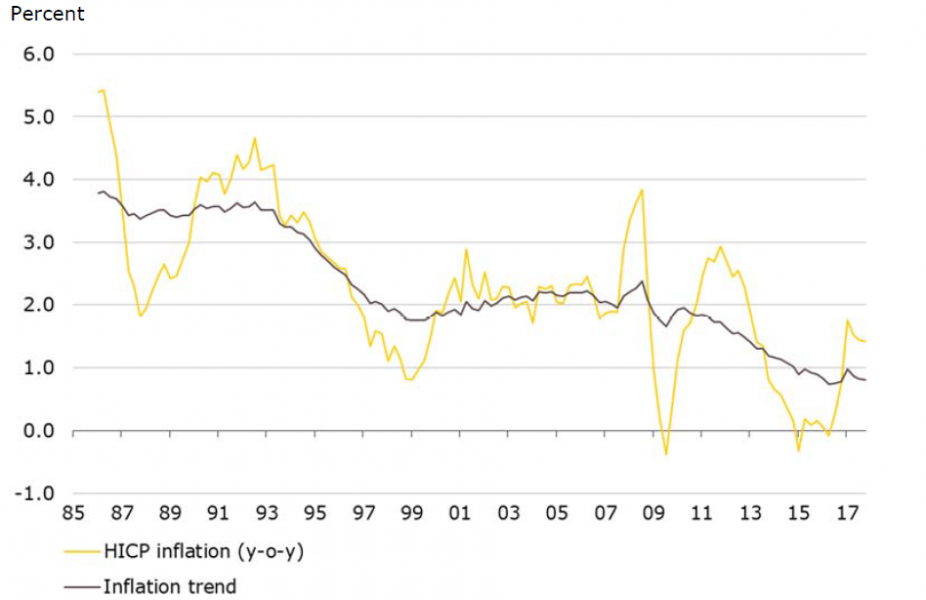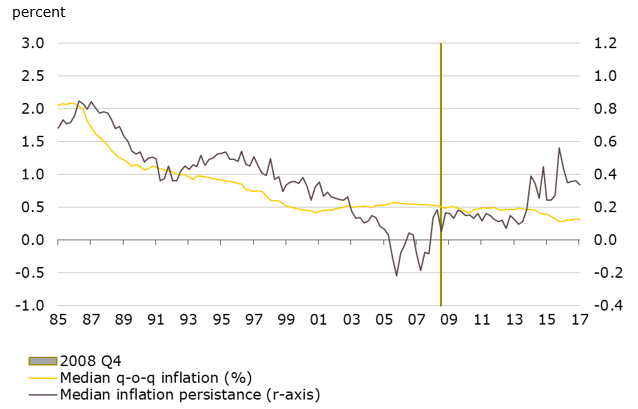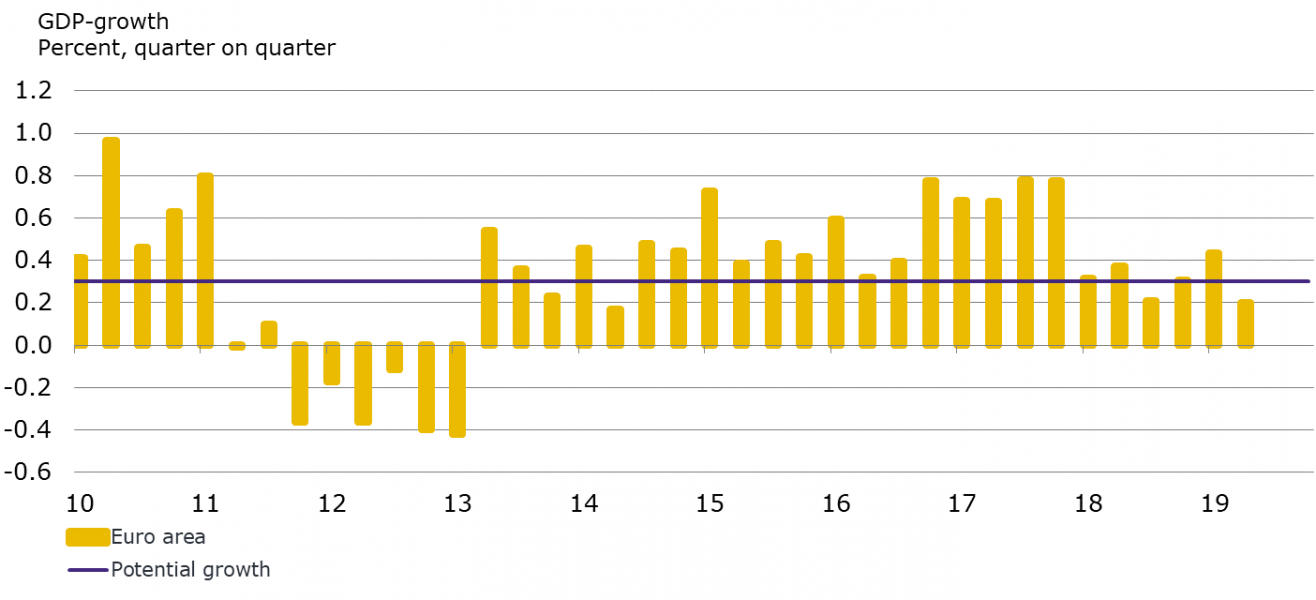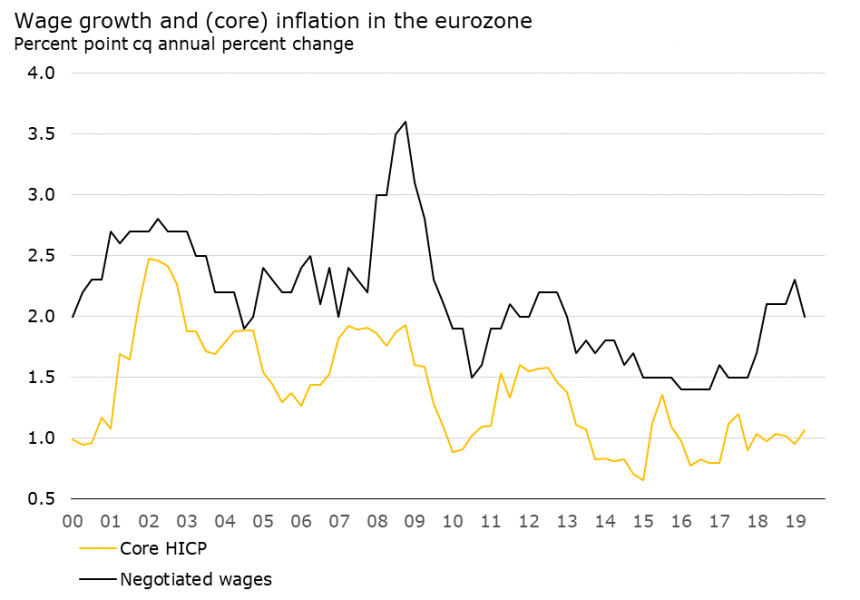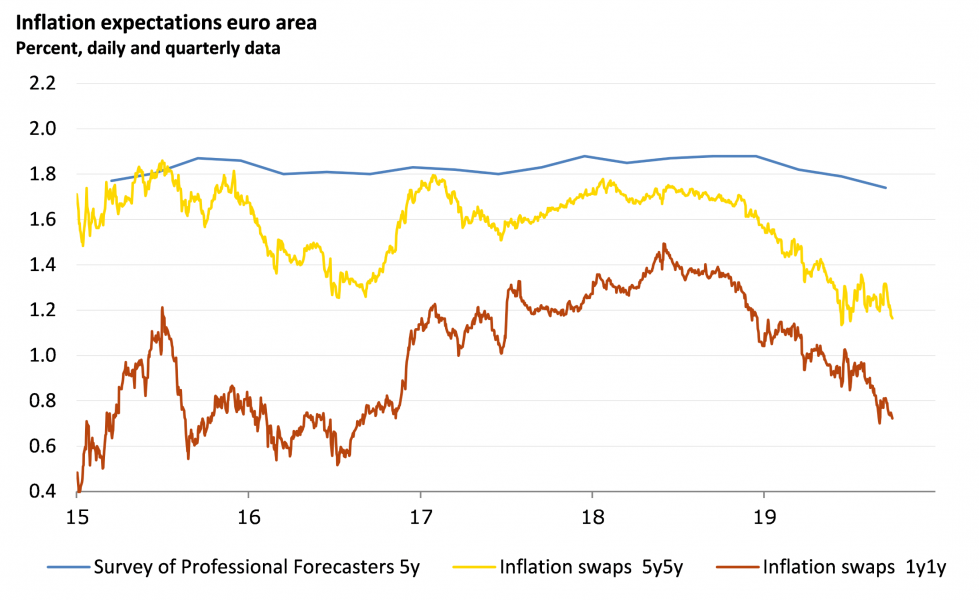Klaas H.W. Knot has been President of De Nederlandsche Bank (DNB) since July 2011 and was reappointed for a second seven-year term in July 2018. He became Vice Chair of the FSB in December 2018 and is also Chair of the Standing Committee on the Assessment of Vulnerabilities. In this capacity as DNB President he is a member of the Governing Council of the European Central Bank, Governor of the International Monetary Fund, and member of the Board of Directors of the Bank for International Settlements and of the European Systemic Risk Board. In 1991, Mr Knot graduated with honours in economics at the University of Groningen. In 1995, he obtained his PhD in economics. He is honorary Professor of Economics of Central Banking at the University of Groningen and of Monetary Stability at the University of Amsterdam. Prior to becoming President of the DNB, Mr Knot was Deputy Treasurer-General and Director of Financial Markets at the Dutch Ministry of Finance. He also held positions at DNB, the Pension and Insurance Authority, and the International Monetary Fund.


